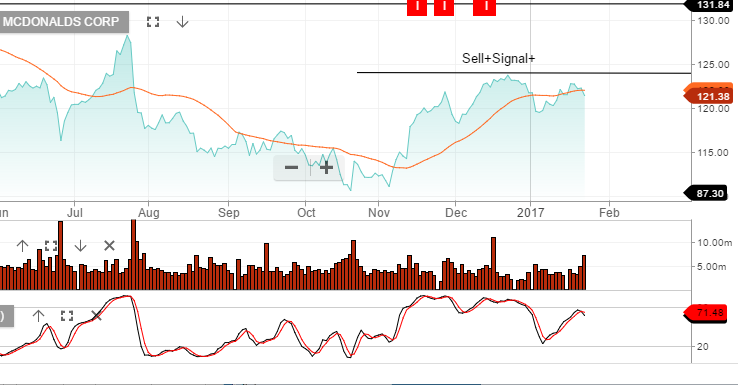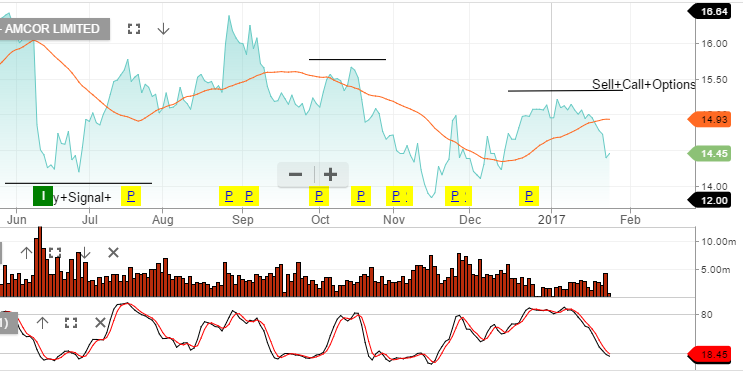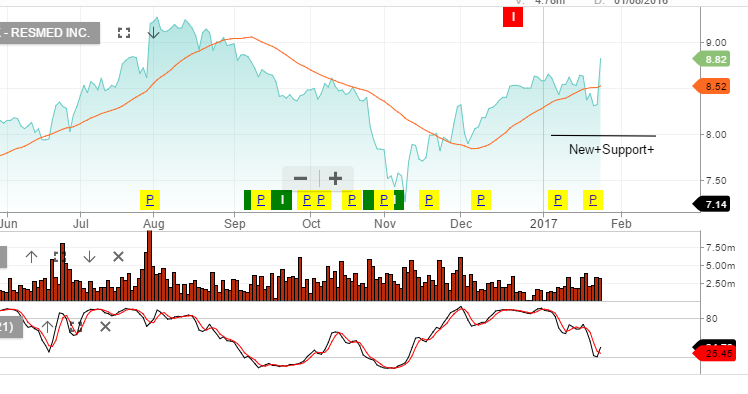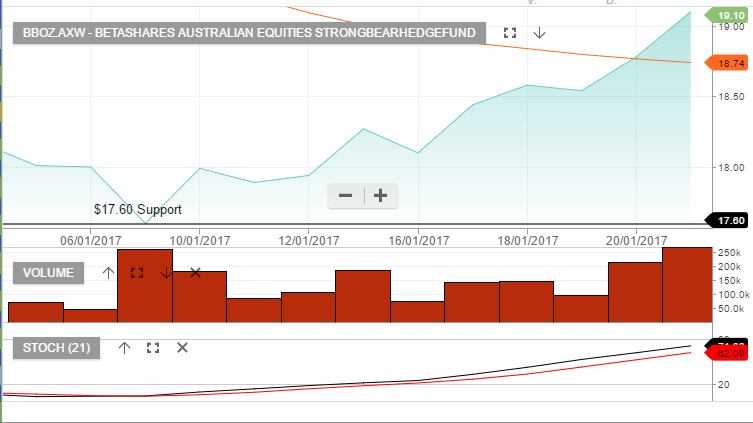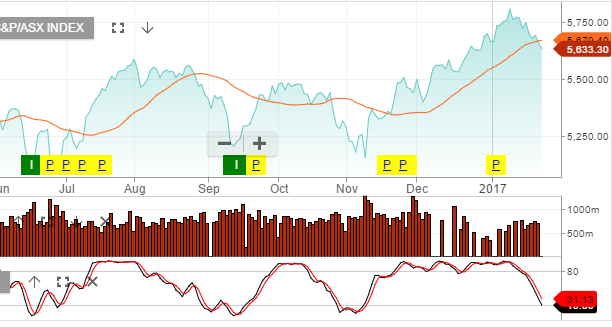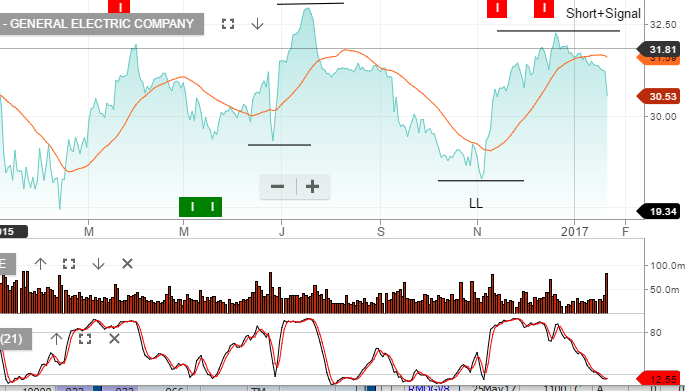MacDonald’s Q4 Results
Despite a solid Q4 earnings report, shares of MacDonald’s Corporation ended the day flat at $121.30.
The fast food giant posted Q4 earnings of $1.44 per share on quarterly revenue of $6.03 billion, which represents a 2.1% increase in earnings and a 10% increase in revenue versus the same period last year.
These Q4 numbers surpassed the expectations of $1.41 per share on revenue of $5.98 billion.
The revenue numbers show a mixed result with company-owned restaurants falling 9% to $3.65 billion, while franchise-operated restaurants grew 3% to $2.38 billion.
Our Algo Engine flagged a short signal in December at $123. We’re watching the price action closely as technically the share price has seen resistance in the $123.00 area.
